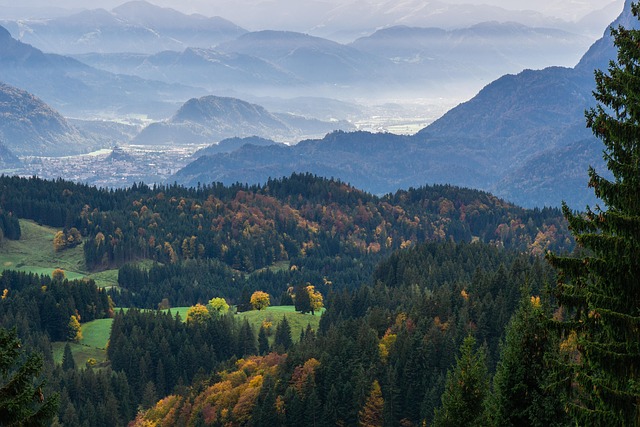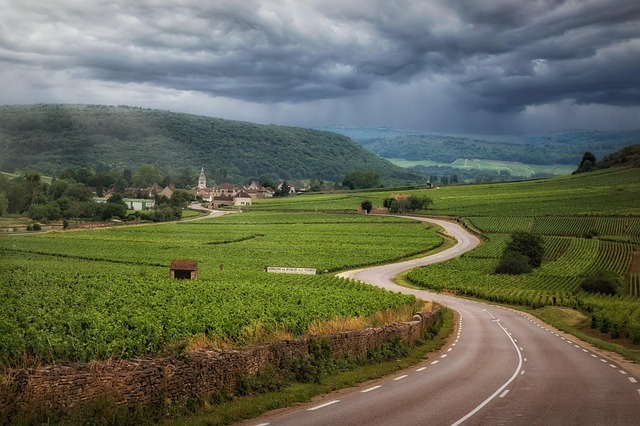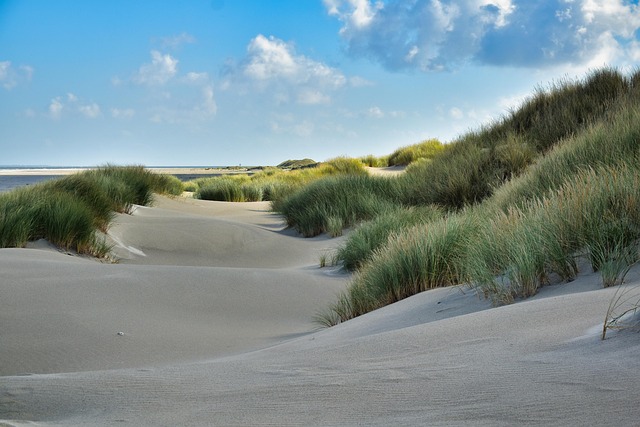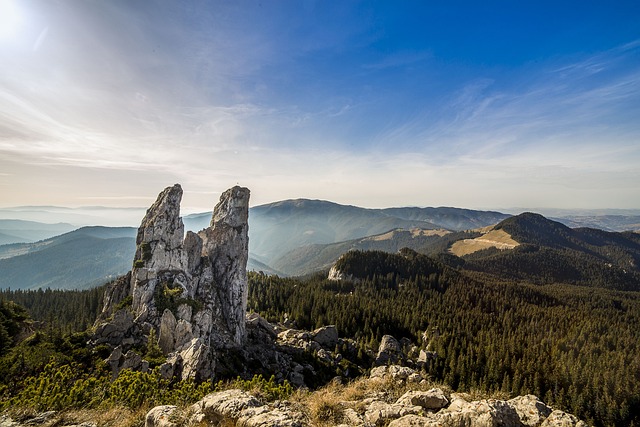Oregon Dunes photography showcases a vibrant ecosystem with diverse wildlife and unique landscapes. Conservation efforts prioritize preserving biodiversity and natural beauty, balancing recreation with preservation. Community involvement through initiatives like planting native vegetation and removing invasive species ensures habitat restoration. Sustainable photography practices protect delicate ecosystems, allowing future generations to enjoy Oregon Dunes photography opportunities.
The Oregon Dunes National Recreation Area is a natural haven for diverse wildlife, offering unique opportunities for both conservation and artistic expression. This article explores how local efforts protect this delicate ecosystem while also highlighting the stunning landscapes that draw photographers to capture its essence. From sensitive dune ecosystems and endangered species to community restoration projects, we delve into sustainable practices that preserve the Oregon Dunes’ beauty for future generations, ensuring its status as a premier destination for both conservationists and nature enthusiasts, particularly those passionate about Oregon Dunes photography.
- Oregon Dunes: A Natural Haven for Wildlife
- Photography Opportunities Amidst Sand and Wildlife
- Protecting Sensitive Ecosystems in the Dunes
- Conserving Endangered Species in Oregon's Dune Lands
- Community Involvement in Dune Restoration Projects
- Sustainable Practices for Capturing Dunes Photography
Oregon Dunes: A Natural Haven for Wildlife
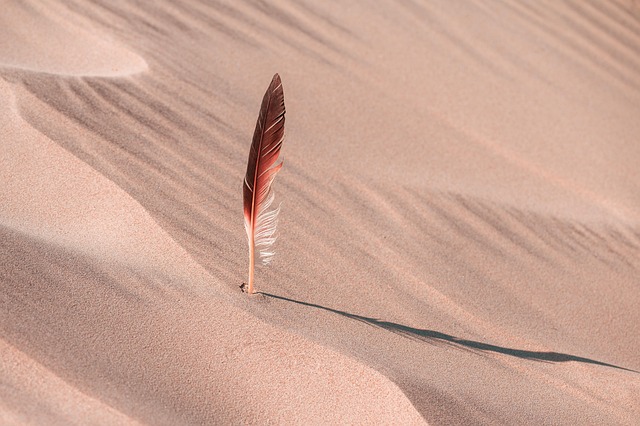
The Oregon Dunes, stretching along the state’s rugged coast, present a captivating natural haven for an array of wildlife species. This unique ecosystem, characterized by vast sand dunes and diverse habitats, offers a sanctuary and critical breeding grounds for numerous animals, many of which are endemic to the region. From rare birds nesting in the dune fields to elusive mammals making their homes among the towering sands, it’s a photographer’s paradise for those seeking Oregon Dunes photography.
The delicate balance of this environment makes wildlife protection paramount. Conservation efforts focus on preserving the natural beauty and biodiversity that draws both locals and visitors alike. As a result, these dunes become not just a scenic wonder but also a testament to successful environmental stewardship, ensuring that future generations can continue to appreciate and explore Oregon’s wild treasures.
Photography Opportunities Amidst Sand and Wildlife
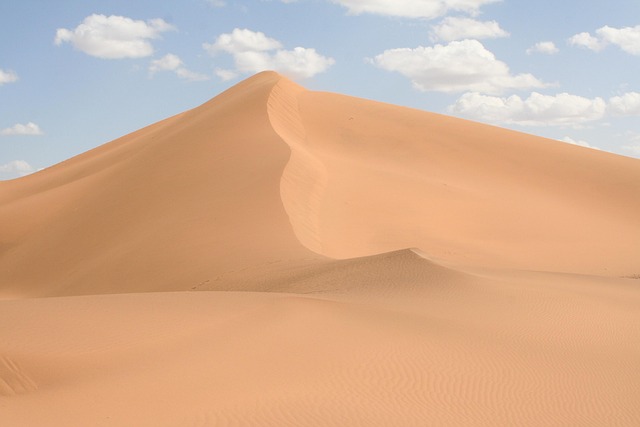
The Oregon Dunes National Recreation Area offers a unique blend of breathtaking landscapes and diverse wildlife, making it a photographer’s paradise. Sand dunes, some reaching heights of over 500 feet, provide an incredible backdrop for capturing dramatic scenes, especially during sunrise or sunset when the golden hour light creates magical atmospheres. These expansive sandscapes are not just visually stunning; they also serve as crucial habitats for various species, including rare birds and marine mammals.
Photographers can immerse themselves in this dynamic environment, capturing the playful antics of mule deer, the graceful flight of peregrine falcons, or the mysterious eyes of a nocturnal owl peeking from behind a dune. The area’s ever-changing sand patterns offer endless composition possibilities, whether it’s a close-up of ripples or a vast panorama showcasing the dunes’ undulating waves. Oregon Dunes photography invites artists to explore and preserve these fleeting moments, ensuring that the region’s natural beauty and wildlife continue to inspire and captivate.
Protecting Sensitive Ecosystems in the Dunes

The Oregon Dunes National Recreation Area is home to a diverse array of plant and animal species, many of which are sensitive or endangered. Protecting these delicate ecosystems is paramount for preserving the unique biodiversity of the area. The vast sand dunes provide habitat for specialized creatures like the Western Sandpiper and the Dunlin, migratory birds that rely on the dunes’ stability for nesting and survival.
Conservation efforts focus on balancing human recreation with ecological preservation. For instance, designated photography spots are strategically placed to minimize disturbance to sensitive areas while offering breathtaking opportunities for Oregon Dunes photography. By adhering to strict guidelines, visitors can contribute to the protection of this fragile landscape, ensuring that future generations can also appreciate its natural beauty and ecological significance.
Conserving Endangered Species in Oregon's Dune Lands
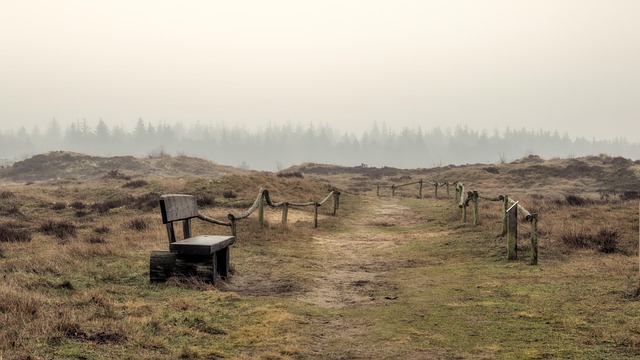
Oregon’s dune lands are a vital habitat for numerous endangered species, making local wildlife protection a pressing issue. These unique ecosystems support a diverse array of flora and fauna, many of which are found nowhere else on Earth. From rare plants clinging to the sand to elusive animals scurrying beneath the dunes, every creature plays a crucial role in maintaining this delicate balance. Conservation efforts in Oregon Dunes focus on preserving these fragile habitats and ensuring the survival of endangered species, all while providing opportunities for responsible outdoor recreation, including Oregon Dunes photography.
The preservation of endangered species requires a multi-faceted approach. Strict regulations are in place to protect critical nesting grounds and mating areas from human disturbance. Scientists and conservationists work tirelessly to monitor populations, study behaviors, and implement habitat restoration projects. By combining research with community involvement, these efforts aim to safeguard the diverse wildlife that call Oregon’s dunes home. As a result, visitors to the dunes can appreciate this natural wonder while also contributing to its long-term sustainability, ensuring that stunning Oregon Dunes photography opportunities will endure for future generations.
Community Involvement in Dune Restoration Projects
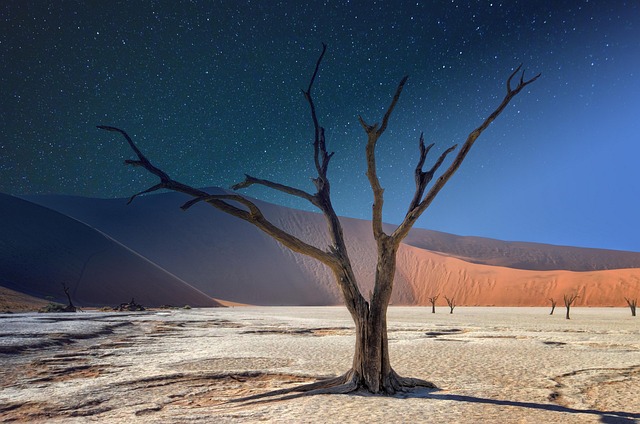
Community involvement plays a vital role in the restoration and protection of the delicate ecosystems found within Oregon’s dunes. Local residents, environmental enthusiasts, and outdoor photographers often collaborate on initiatives aimed at revitalizing these unique landscapes. These projects involve various activities such as planting native vegetation to stabilize the dunes, removing invasive species, and restoring natural water flows.
Photography, especially Oregon Dunes photography, has emerged as a powerful tool to engage the community. Captivating images of the dunes inspire people to appreciate the beauty of nature and take action. Many local photographers share their work through community events, social media campaigns, and art exhibitions, raising awareness about the importance of conservation. This collective effort not only enhances the visual appeal of the area but also fosters a deeper connection between residents and the natural environment, ensuring the long-term preservation of these precious ecosystems.
Sustainable Practices for Capturing Dunes Photography
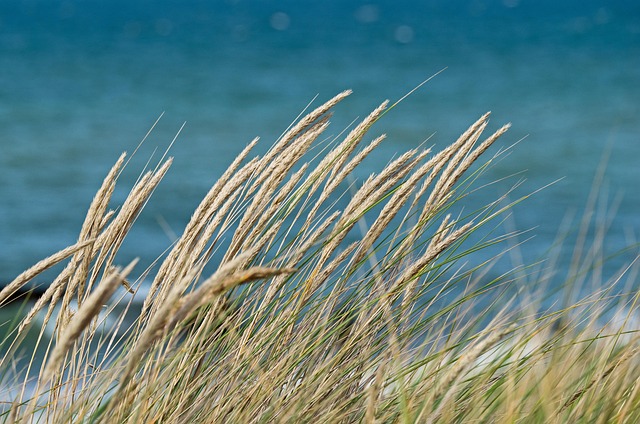
Sustainable practices are essential for capturing stunning Oregon Dunes photography while preserving the delicate ecosystem. Photographers should prioritize minimizing their environmental impact, as off-trail ventures and improper techniques can cause significant damage to the dunes’ fragile vegetation and topography. One effective approach is to adhere to designated hiking trails, which not only protect the dune system but also offer breathtaking views already proven to be ecologically sound.
Additionally, using telephoto lenses reduces the need to physically get close to wildlife or delicate plants, preventing disturbances. Practicing responsible photography involves respecting the natural habitat, staying on marked paths, and avoiding any actions that could disturb resident species or their nesting areas. By adopting these sustainable practices, Oregon Dunes photography enthusiasts contribute to the preservation of this unique landscape for both current and future generations.
